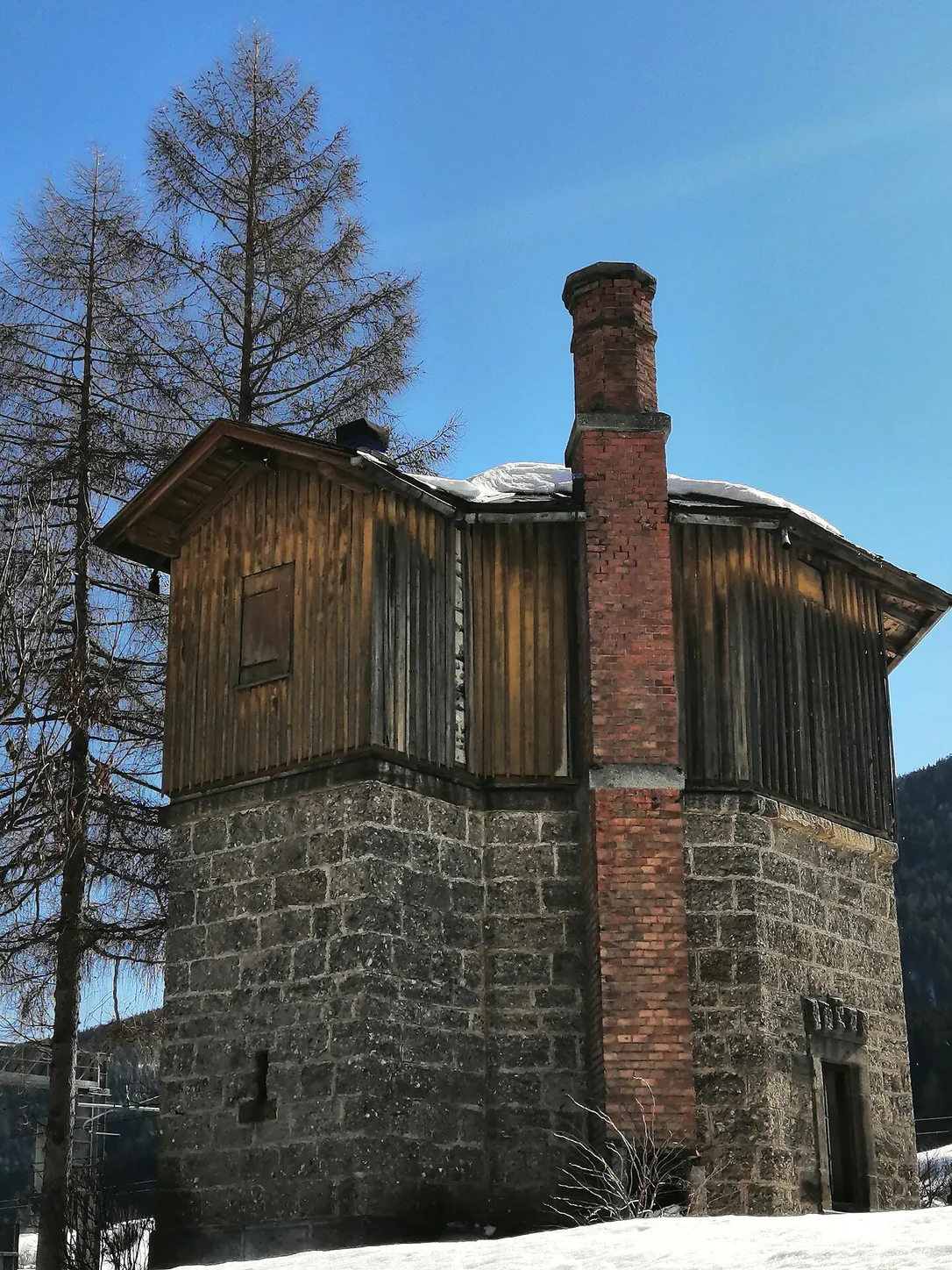In 1523, the inn of Laurenz Wurnigger from Carinthia, also called Windisch, who is probably still remembered by the "Windischwald" (forest) above the village. The owner is Juliana Puphtalerin, wife of Wolfgang Canz, a country writer in Rottenburg am Neckar and in 1551 bailiff of the dominion of Bregenz. In 1554, the inn "zum Payr" was sold. Until 1611, this house was called "zum Zotten", before it was renamed "Wirthshaus An der Roten Rosen" (Inn at the Red Roses) by Georg Osterried, the caretaker of the Fuggers at Enn Castle, and in 1619 it fell to Susanna Payr of Caldiff as a debt. After several changes of ownership, Pastor Alexander Giovanelli acquired this house in 1717 and 1725. When he died in 1743, he bequeathed his entire estate to the poor, the church and the brotherhood in Montan, as well as a benefice he had founded in his home village of Carano. Property of the Resch family from 1744 to 1782, then owned by the Zuveith family until 1908. Since 1908 property of the Amplatz family.
A special feature of this house is the Gothic parlour with its richly carved beamed ceiling, which bears witness to around 500 years of living culture. Also preserved are sandstone frames on the entrance door and window, the latter with a pentagram and the year 1565.
































































